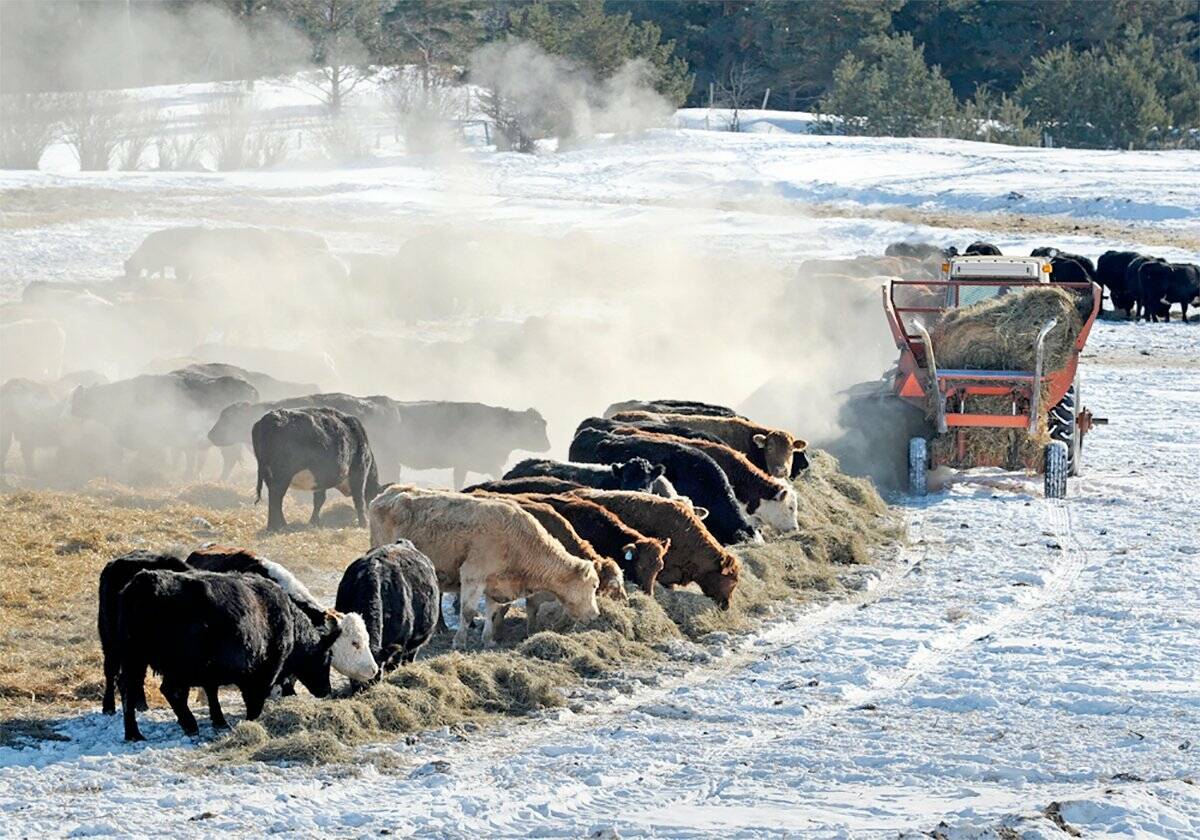Harvest pressure and declining demand have weighed on barley bids in Western Canada lately, but the market is showing signs of stabilizing heading into the winter months.
“We’re trading sideways right now,” said Jim Beusekom of Market Place Commodities in the key Lethbridge feeding area of southern Alberta.
Spot prices have come down considerably over the past few months and are now in the $195 to $205 per tonne area. He expected values would remain in that area, plus or minus $10, over the next few months.
The Canadian barley crop is coming off in good shape, with producers generally reporting better than average yields, said Beusekom.
Read Also

Klassen: Feeder market has volatile week
For the week ending November 29, Western Canadian feeder cattle markets traded $10/cwt higher to 10/cwt lower compared to seven…
As a result, he expected to see upward revisions to the size of the crop from Statistics Canada in future surveys. The agency currently estimates barley production at 8.8 million tonnes, which compares with eight million the previous year.
“We’re 180 degrees different from last year,” said Beusekom, noting that in addition to increased supplies, demand has also backed away as the local livestock market has shrunk and the export market is also on the quiet side.
Lower prices could encourage more offshore interest, but Beusekom said prices would have to drop by $30 per tonne or more before any Canadian barley moves to neighbouring U.S. buyers.
On the other side, barley is the cheapest feed commodity in Western Canada right now, which will limit U.S. corn or DDGS imports to the country. Feed wheat is also trading at a premium, which will keep wheat from displacing barley in rations, said Beusekom.
— Phil Franz-Warkentin writes for Commodity News Service Canada, a Winnipeg company specializing in grain and commodity market reporting.















